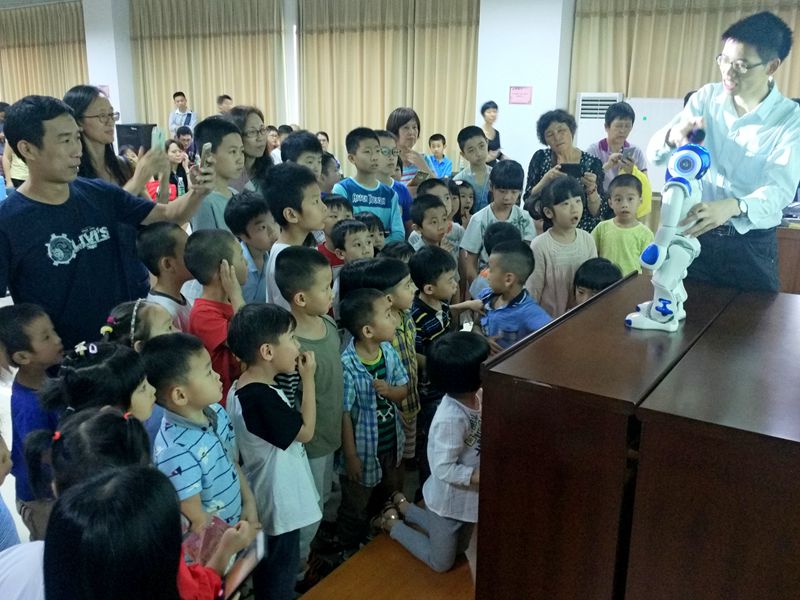2024年05期 v.45 47-53页
武果1 高守正2 张德福3 肖国龙1 龚正平1 覃健1
(1.中科院广州电子技术有限公司,广东 广州 510070
2.华南理工大学自动化科学与工程学院,广东 广州 510641
3.广州理工学院智能制造与电气工程学院,广东 广州 510800)
摘要:针对光伏面板缺陷检测存在的小目标检测精度低、泛化能力差等问题,提出基于特征重组和注意力机制的YOLOv5光伏面板缺陷检测方法。首先,分别使用卷积注意力模块和压缩激励模块,提取目标图像在通道和空间维度上的特征,使网络更有效地学习目标特征;然后,使用感受野扩展模块进行特征融合,确保网络能够结合大感受野特征和微小特征进行综合判断;最后,引入特征重组模块,对不同尺寸的特征图进行特征重组,解决了网络对小目标信息缺失和不敏感的问题。通过消融实验和对比实验,验证了该方法的有效性。
关键词:特征重组;注意力机制;光伏面板;缺陷检测;YOLOv5;神经网络
中图分类号:TP183 文献标志码:A 文章编号:1674-2605(2024)05-0007-07
DOI:10.3969/j.issn.1674-2605.2024.05.007 开放获取
YOLOv5 Photovoltaic Panel Defect Detection Method Based on Feature Recombination and Attention Mechanism
WU Guo1 GAO Shouzheng2 ZHANG Defu3
XIAO Guolong1 GONG Zhengping1 QIN Jian1
(1.Guangzhou Electronic Technology Co., Ltd., CAS, Guangzhou 510070, China
2.School of Automation Science and Engineering, South China University of Technology, Guangzhou 510641, China 3.Guangzhou Institute of Technology, College of Intelligent Manufacturing and Electrical Engineering, Guangzhou 510800, China)
Abstract: Aiming at the problems of low small object detection accuracy and poor generalization ability in defect detection of photovoltaic panels, a YOLOv5 photovoltaic panel defect detection method based on feature recombination and attention mechanism is proposed. Firstly, the convolutional attention module and compression excitation module are used separately to extract the features of the target image in the channel and spatial dimensions, enabling the network to learn the target features more effectively; Then, the receptive field extension module is used for feature fusion to ensure that the network can combine large receptive field features and small features for comprehensive judgment; Finally, a feature recombination module was introduced to perform feature recombination on feature maps of different sizes, solving the problem of missing and insensitive information for small targets in the network. The effectiveness of this method was verified through ablation experiments and comparative experiments.
Keywords: feature recombination; attention mechanism; photovoltaic panel; defect detection; YOLOv5; neural network
























































